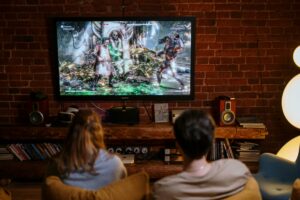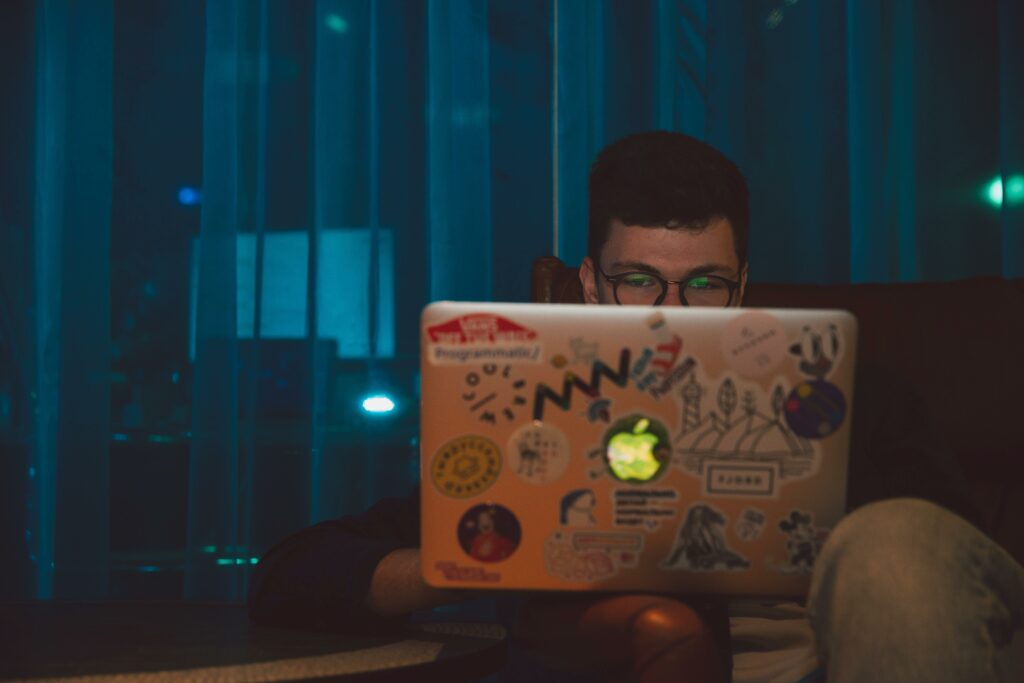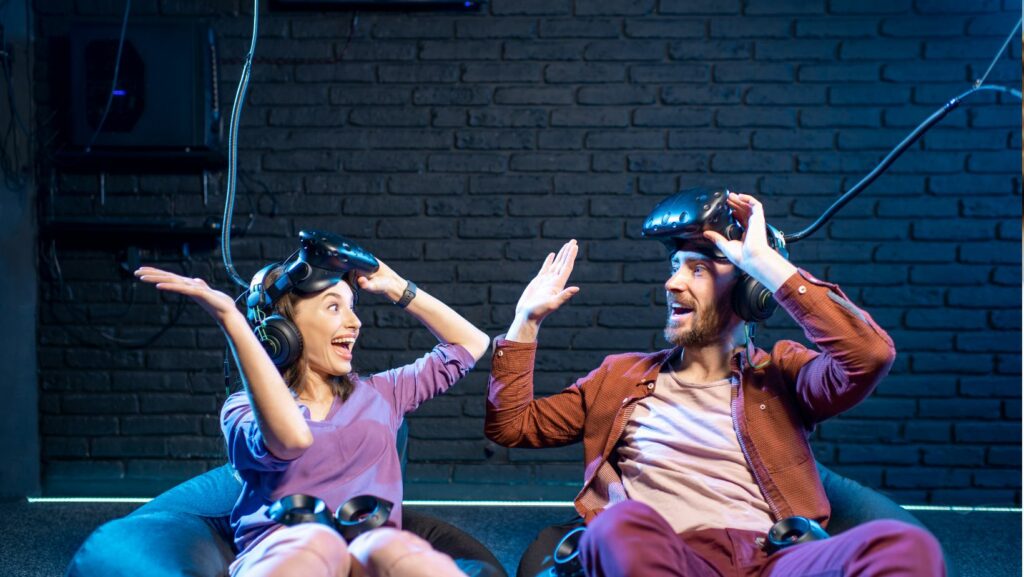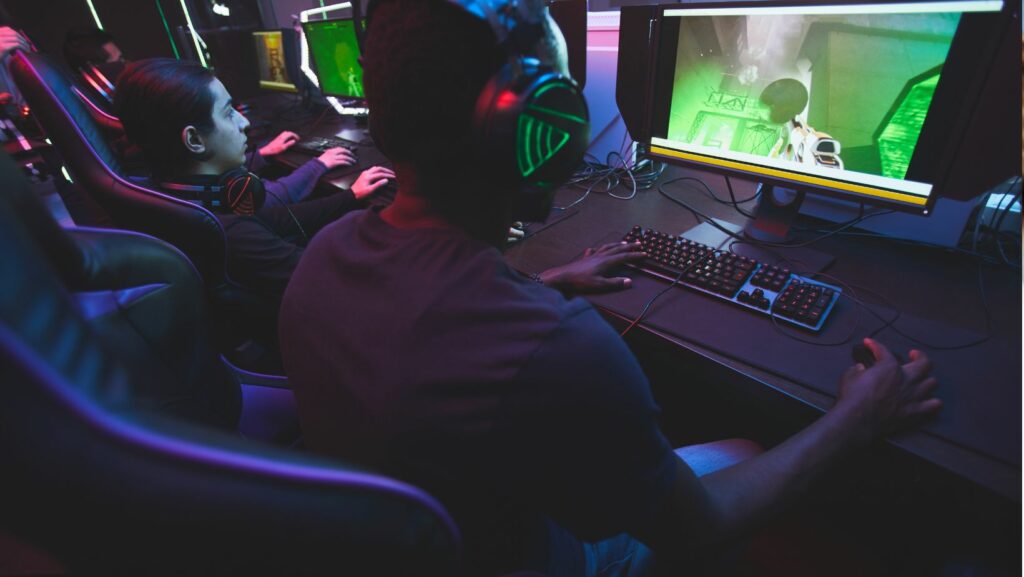Tips to Increase Reaction Time for Gaming
Successful gaming heavily relies on how a player reacts to in-game scenarios. A reduced reaction time means quicker actions, giving players the upper hand when competing. For example, in fast-paced games such as first-person shooters or battle royale games, players with reduced reaction times will likely spot enemies and react faster, significantly improving their chances of winning. Similarly, racing games compete not just in velocity, but also rapid decision-making.  The split-second decisions whether to maneuver right or left, brake or accelerate, can determine victory.
The split-second decisions whether to maneuver right or left, brake or accelerate, can determine victory.
While the importance of reaction time is universal in gaming, it manifests variously across different game types. Strategy games, for instance, concentrate less on the speed of reactions and more on the quality of timely decisions made. Take games like Chess or Hearthstone; a player’s success does not solely depend on how quickly they make a move, but rather on how wisely they plan their moves in advance. On the other hand, fighting games or first-person shooters heavily depend on rapid-fire reactions. In these instances, a player’s ability to quickly anticipate an enemy’s movement and react swiftly can be a game-changer.
Assessing Your Current Reaction Time
Recognizing one’s own reaction time provides a vital foundation for enhancing gaming performance. This section elaborates on effective methods for measuring and understanding tests that assess gaming reaction time.
Several tools offer reliable and accurate measurements of gamers’ reaction times. ‘Human Benchmark’ presents a testing system that measures reaction in milliseconds, widely adopted in the community for its convenience and accessibility. Also available is ‘Aim Lab,’ a software that assesses a gamer’s performance and proficiency beyond simple reaction time, integrating measurements of precision, speed, perception, cognition, and more.
To use a more comprehensive approach, ‘3D Aim Trainer’ provides a selection of FPS and TPS games to train with, and captures data on aspects such as precision, reaction time, and aim speed. These tools, with their varied functionality, enable evaluations of reaction times specific to gaming scenarios.
Interpreting reaction time test results necessitates understanding both the numeric value obtained and its contextual relevance. Generally, the average gamer’s reaction time is around 215 milliseconds. However, professional gamers often achieve times closer to 150 milliseconds, improving their opportunities to respond more effectively during gameplay.
While lower numbers represent faster reactions, performance also relies on other gaming skills, such as strategy or teamwork, in games where a fraction of a second may not dictate success. Therefore, while reaction time is a prime component, isolating it does not wholly reflect gaming proficiency. It’s crucial to balance enhanced reaction times with other necessary skills for best overall performance.
Essential Tips to Increase Reaction Time for Gaming
Gamers strive for quicker reaction times to get the upper hand in their battles. These potentially game-changing strategies, targeting hand-eye coordination, focus, and game settings, could pave the way for faster responses in competitive gaming.
Gamers, intent on enhancing their hand-eye coordination, employ specific tactics. Practicing on aim trainers, like ‘3D Aim Trainer’, makes a significant difference. Daily exercises on coordination drills fine-tune the link between visual cues and physical responses, resulting in quicker reactions in real gameplay. For instance, osu!, a rhythm game known for its coordination-based challenges, serves as a prime training tool. Use of a gaming mouse instead of a traditional one, given its superior sensitivity settings, may aid in developing precise cursor control, further improving hand-eye coordination.
Remain attentive, enhance concentration, and witness faster response times unfold. Adopting techniques from the Cognitive Enhancement for eSports (CEE) Training, a program detailing mind exercises aimed at centering focus, is beneficial. Games requiring high concentration, like the puzzle-based Portal series, aid cognitive training by effectively stressing the brain’s ability to multitask. Incorporate physical exercises into a daily routine as studies suggest a strong link between physical fitness and cognitive function. Mindfulness meditation, too, shows promise in enhancing focus over the long term.
Tweak game settings, maximize performance, and respond faster. Reduce graphical features like motion blur, depth of field, or screen shake to decrease screen-clutter and improve clarity. Utilize higher frame rates as they provide smoother gameplay, aiding quicker perception, and response. Adjust HUD (Heads Up Display) settings, making crucial information readily visible. Optimized network settings, reducing lag, is paramount, for instance, connecting via Ethernet instead of Wi-Fi may yield better results. Audio cues, often overlooked, may also play a vital role, so fine-tuning audio settings enhances a player’s ability to react on sound cues. In essence, a well-optimized in-game environment fosters better reaction time in gaming.



